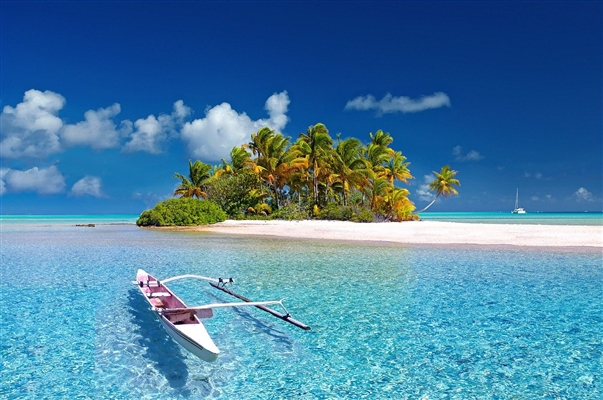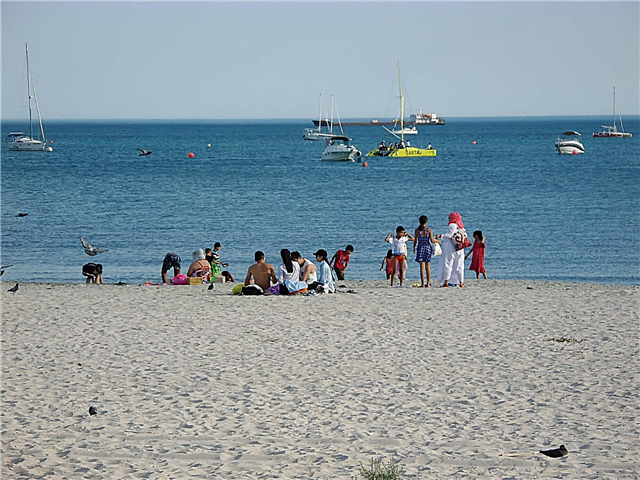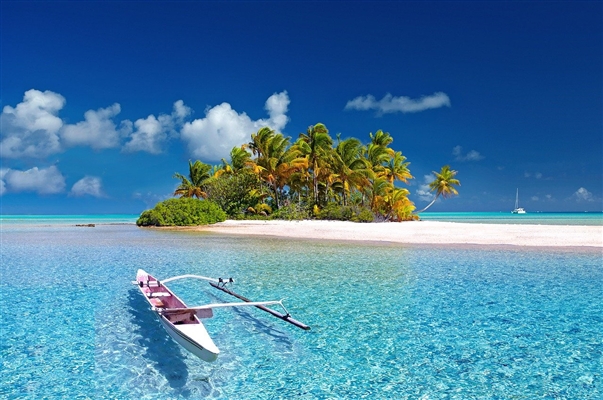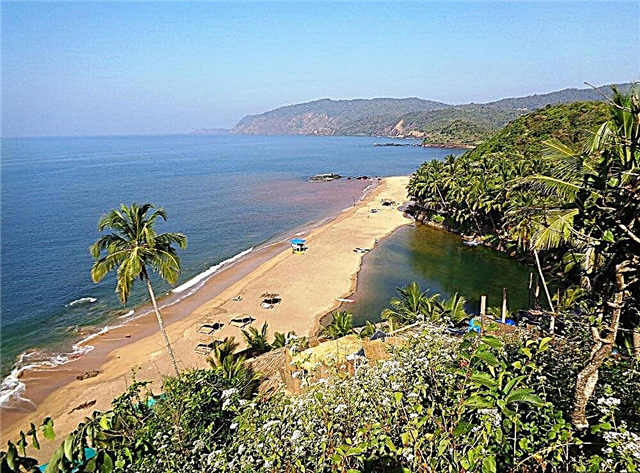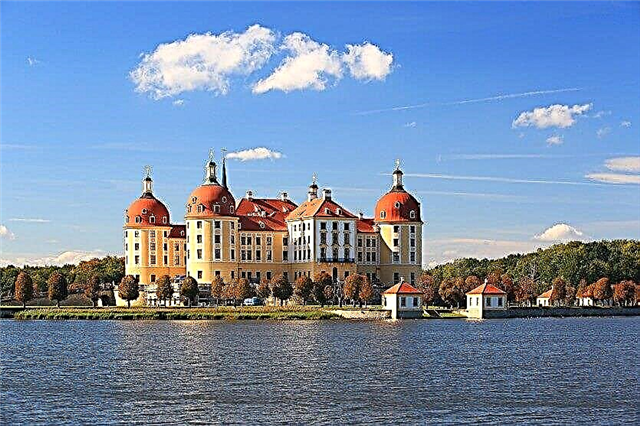Germany is a country with an ancient history and rich architectural and cultural heritage. As a result of the medieval wars with the French and World War II, many castles and fortresses in Germany were partially destroyed and rebuilt. Now a huge number of attractions of the German lands attract tourists from all over the world.
In total, there are more than 25 thousand castles and fortresses in Germany. Unfortunately, most of them have survived to this day only in the form of ruins. We will tell you about thirty of the most interesting castles with medieval interiors, which are in excellent condition and are open to the public.
The most beautiful castles in Germany
Ancient medieval fortresses, photos with names and descriptions!
Neuschwanstein
It is the most beautiful castle in Bavaria and the most famous in Germany and the world. Located near the city of Füssen. Construction lasted 17 years and ended in 1886, but the castle remained unfinished. Its rooms are richly decorated with frescoes depicting mythological and religious subjects. Nowadays, concerts of Wagner, the composer revered by Ludwig II, are often held within the walls of the castle. The best way to photograph Neuschwanstein is from the Marienbrücke bridge.

Wartburg
One of the few surviving castles from the Romanesque era. Located near the town of Eisenach in Thuringia. Adolf Hitler himself felt the mystical atmosphere of the castle: in 1938 he held a meeting of astrologers here. The castle contains an ancient well with a dragon and a room where Martin Luther was imprisoned. Pigeons are found in the courtyard. The best views of the castle are from the circular observation deck.

Hohenzollern
The castle is located 50 km from Stuttgart in Baden-Württemberg on top of the mountain of the same name. Built on the site of two destroyed castles. There are 140 halls in the Hohenzollern. The halls contain personal belongings of the Hohenzollern family and many artifacts of Prussian history. Beer brewed according to old recipes is served in the garden near the castle. The castle grounds host fireworks nights in August and falconry days in September.

Moritzburg
Hunting castle 14 km from Dresden. In the 18th century, the architect Pöppelman connected several lakes around the castle. A narrow path connects the artificial island with the city. The interiors are painted with frescoes with scenes from ancient mythology and furnished with original furniture of the 18th century. The territory is decorated with parks of different styles. The museum contains a collection of weapons and hunting trophies.

Heidelberg castle
The castle, located in the state of Baden-Württemberg, was built in the 14th century and destroyed by French troops in the 17th century. Only a small part of the castle has been rebuilt. The 18th century chapel on the basement floor is popular with newlyweds. The basement of Heidelberg Castle houses the largest wine barrel in the world and a pharmacy museum with exhibits from the 13th-20th centuries.

Koenigstein
The most powerful fortress in the history of Europe. Located in Saxon Switzerland on the banks of the Elbe. During the Second World War, the collection of the Dresden Art Gallery was kept here. On the territory of the fortress there is a military-historical exposition. The casemates and cellars, where prisoners were kept for centuries, are open to the public. Mysterious objects have also survived: a well 152 meters deep, a tower of hunger, a secret bunker of the GDR.

Eltz
This Romanesque castle was built in the XII century, located in the state of Rhineland-Palatinate. Throughout its history, Eltz Castle has never been captured, including during the wars of the 17th-18th centuries. The latest buildings on the castle grounds date back to the 17th century. The original medieval interiors, decorated by the masters of that time, have been preserved. A museum is organized in the basement, where medieval jewelry and curious objects are exhibited.

Liechtenstein
The neo-Gothic castle is located in Honau, Baden-Württemberg. Built in the middle of the 19th century on the ruins of a medieval fortress. The duke and his family still live in the northern wing of the castle. Collections of weapons and armor are collected in the open halls. The observation deck offers views of the pastoral landscapes. Near the castle there is a playground, a forest town and hiking trails.

Albrechtsburg
Built in the 15th century in the old Saxon town of Meissen. Until 1863, the famous Meissen porcelain was produced in the castle. In the exhibition halls you can see porcelain exhibits of the 18th-20th centuries, genuine medieval furniture and clothing items, various outlandish things, panels. The walls and vaults of the castle are painted with scenes from Saxon legends. Historical renovations are carried out on the territory of Albrechtsburg in the summer.

Cochem
Rebuilt in the 19th century, the elements of the original construction of the 12th century have been preserved. Founded by the Counts of Lorraine. The interiors are made in medieval styles. The dining room, the passage over the fortress gates, the knight's hall, the balcony, the armory, as well as the Gothic, Romanesque and hunting rooms are open for visiting. In the courtyard there is a chapel, a guest house, a well, an ancient watchtower.

Schwerin Castle
Built in 1845-1857 in the city of Schwerin on the Palace Island. It is the seat of the parliament of the state of Mecklenburg-Vorpommern. The throne room with marble columns and other rooms are available for viewing. The museum contains exhibitions of porcelain and silver, a gallery of portraits of the Mecklenburg dynasty. On the territory of Schwerin Castle there is an English-style park and a church from the 16th century.

Hohenschwangau
Located in South Bavaria. Built in the 12th century by the knights of Schwangau and rebuilt in the 19th century by Ludwig II. The interior design is dominated by lilac and lilac colors, a swan theme. The walls are decorated with frescoes with Bavarian legends. Some rooms are designed in Turkish style. In Hohenschwangau, there are two Russian icons and a maple piano played by Wagner. The castle offers views of the Alpsee.

Johannesburg
The castle is located in the Bavarian city of Aschaffenburg. Built at the beginning of the 17th century. The main tower survived from the fortress of the 16th century. The castle houses the gallery of the Bavarian State Assembly, the university library with the first printed books of Mainz. The interiors are made in the spirit of classicism. Three times a day, 48 bronze bells ring in the castle church. Johannesburg offers views of the River Main and Schönbusch Park.

Marienberg
The fortress rises above the Bavarian city of Würzburg. The oldest buildings are over 1000 years old. Only once in the entire history of the fortress was taken - by the Swedes in the 17th century. Now 45 halls of Marienberg are reserved for a museum, where works of famous sculptors and painters are collected, as well as a large ethnographic collection of Celtic times. The princely house houses an exposition dedicated to the history of Würzburg.

Mespelbrunn
The medieval Bavarian castle was built in the Spessart forest in the 15th-16th centuries, the buildings of the 13th century have survived. Located on the shore of the lake. It was not destroyed during the wars and retained its historical appearance. He served as a country residence, now the count's family lives in the southern wing. The rooms of the northern wing store things and furniture that belonged to the family and were used for their intended purpose. Vases with fresh flowers are everywhere.

Sigmaringen
Castle in the town of the same name in Baden-Württemberg. It was first built in 1077, since then it has been repeatedly destroyed and rebuilt. On the territory of the castle there is a museum of carriages, strollers and sleighs of the Hohenzollern-Sigmaringen family. The Museum of Weapons displays exhibits of the XIV-XX centuries, and the Museum of Antique History displays artifacts of the ancient Roman civilization found during excavations near the castle under Prince Carl Anton.

Nuremberg fortress
The fortress consists of the Kaiserburg imperial castle and the Burggrave fortress. Built in the Middle Ages.It was partially destroyed during the Second World War, but now its historical appearance has been completely restored. There are many tourist attractions on the territory of Kaiserburg: a three-level chapel, an observation tower with an old spiral wooden staircase, an observation deck in the southern part of the fortress, dungeons, a well 47 meters deep, a fortress museum where the imperial crown is kept.

Colditz
Located in the Leipzig district of Saxony. Preserved from the 15th century. practically without external changes. In the XIX-XX centuries it served as a labor colony, almshouse, concentration camp, otolaryngology clinic. The castle has preserved a wooden ceiling from the 15th century, the remains of gilded leather wallpaper. One of the museums is dedicated to concentration camp prisoners: among the exhibits there are tools for escape and the work of former prisoners.

Burghausen
This castle complex, located on the border with Austria, is considered the longest in Europe - 1043 meters. It was built at the beginning of the 16th century by Georg of Bavaria and has been completely preserved. In the Middle Ages, the ducal treasury was kept here. In the museum on the territory of the castle you can see furniture, weapons, paintings, tapestries and other interior items from the 15th-16th centuries. One of the premises is a chapel from 1255.

Kriebstein
The castle, located 30 km from Chemnitz, acquired its modern appearance in the 15th century and was not destroyed. After the Second World War, it housed apartments for those in need. All halls are stylized for different eras, the most interesting are the Knight's and the Gothic. The chapel has preserved murals from 1410. During the warmer months, concerts of medieval and classical music, historical reenactments and even rock concerts are held in Kriebstein.

Trausnitz
The castle in the Bavarian town of Landshut was built in the 13th century. It was not destroyed during the wars and remained in its original form, but it was expanded several times. In XVIII-XIX served as a prison for prisoners from the nobility, then - as a hospital. Exhibitions and festivals are held in the Knights' Hall of the XIII century, in the ballroom of the XVI century - banquets, lectures, concerts. Concerts of classical music are held on the terrace of the 15th-16th century, which can accommodate about a hundred people.

Pfalzgrafenstein
A customs castle located on an island in the middle of the Rhine in Rhineland-Palatinate. Founded in 1326. It ceased to perform customs functions in 1876 and was used as a lighthouse for seventy years. Now you can see a medieval prison in the cellar, the rooms of the commandant and his family, the commandant's toilet, artillery shells of the 17th-18th centuries. There is a ferry from Kaub to Pfalzgrafenstein.

Harburg
One of the oldest fortresses in Bavaria. Travelers and merchants paid the trade tax in the fortress. The defensive structures and fortifications have been preserved since the XII-XIII centuries. The halls of Harburg exhibit a large collection of paintings that have been collected by the owners of the castle for many centuries, as well as their hunting trophies and weapons. On the territory of the castle there is a well with a depth of 50 meters and a grain warehouse. The Tower of Thieves of the 12th century is open to the public.

Quedlinburg castle
One of the oldest German fortresses in Saxony-Anhalt. It rises above the ancient city of Quedlinburg, where 1600 houses of the 15th century and older have survived. In the Middle Ages, a monastery was located in the fortress. Now in the church of St. Servatius there is the richest treasury in Germany with relics of the 9th century, the crest of Henry I, the handwritten Gospel of the 16th century. The castle itself exhibits handmade medieval carpets.

Marksburg
This 13th century Gothic castle dominates the town of Braubach in Rhineland-Palatinate. One of the few castles in the Rhine Valley that was not taken by the French in the 17th century. Some of the buildings have survived until the reconstruction of the castle in the XIV century. The castle museum consists of medieval living rooms: a nursery, a bedroom, a study, as well as a main hall, a chapel, a kitchen with an 18th century wine press and a Gothic wine cellar. The armory displays ancient weapons and a torture chamber.

Zatsvay
The castle is located in North Rhine-Westphalia. The oldest buildings date back to the XIV century. At the end of the 19th century, the dilapidated Zatsway was restored by its owners, Counts von Hymnich, and historical knightly tournaments began to be held. The castle hosts events all year round: medieval performances, culinary shows and workshops, celebrations of St. Patrick's Day, Halloween, Christmas and Easter, and Christmas markets.

Wernigerode
The castle acquired its modern appearance in the second half of the 19th century, but many Baroque buildings of the 17th century have survived on its territory. Until 1929, the count's family of Stolberg lived here. Now the museum has restored medieval interiors with antique furniture and musical instruments; there is a barrel organ at the entrance to the castle. The dungeons and the observation tower are also open to the public. The castle rooms are rented for events.

Glucksburg
Built at the end of the 16th century. Located in Schleswig-Hollstein, near the border with Denmark. After the death of King Frederick VII it was used as the headquarters of the Prussian army and as a hospital. The castle has preserved interiors created by the Dukes of Glucksburg in different centuries. The museum houses a rich collection of Flemish tapestries. Concerts and art exhibitions are held in the greenhouse in 1927, and wedding ceremonies are held in the chapel.

Stolzenfels
A neo-gothic castle in Rhineland-Palatinate. It was erected in the 19th century on the ruins of a fortress destroyed during the Thirty Years War. The Knights' Hall displays a collection of historical weapons, armor, and drinking vessels. The gate, residential and main towers are open for visitors, where furniture of the 16th-18th centuries has been preserved. Filming is only allowed in the garden with gazebos and fountain. The terrace and windows of the Stolzenfels chambers offer views of the Rhine.

Dresden Castle Residence
The castle in the capital of Saxony was first built in the 13th century and was rebuilt many times. It was partially destroyed during the Second World War and rebuilt during the Soviet years. Now the castle houses a collection of masterpieces of jewelry art "Green Vaults", the Numismatic Office with the oldest collection of coins in Germany, 500 thousand engravings and 110 thousand other works in the Engraving Office. Also in the halls of the castle there are thematic seasonal exhibitions.


